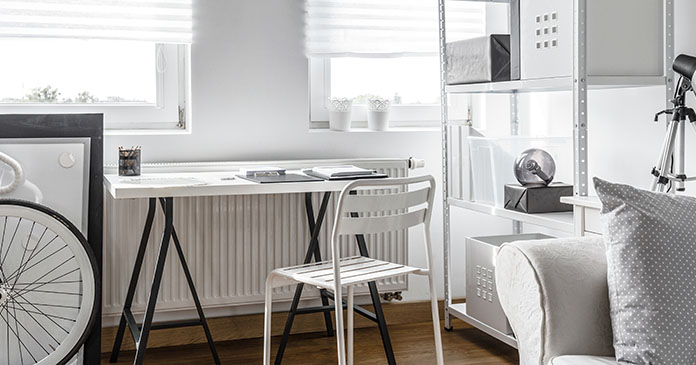A new study from the National Multifamily Housing Council‘s (NMHC) Research Foundation examines the purpose-built student housing market’s role in overall escalating college costs.
The report, authored by Jack Liebersohn and Jason Lee, finds that student-specific factors such as enrollment levels and tuition have little effect on student housing rent prices. Instead, the same affordability factors driving rents in the broader conventional market are driving rents in the student housing sector.
The purpose-built student housing market emerged in the 1990s as an alternative to university dorms and other private market housing and has since become an increasingly important source of housing for university students.
“Perceptions of rising costs are real,” said Chris Bruen, NMHC’s Senior Director of Research. “But this research suggests they are caused by the same forces affecting housing costs overall: the U.S. has a severe housing shortage. This means students compete with other residents for a limited housing supply in markets where prices are already increasing.”
“If policymakers want to improve housing affordability for students, they should focus on removing barriers to new housing production and streamlining regulations,” said Mark Obrinsky, NMHC’s Chief Economist. “NMHC/National Association of Home Builders research finds regulations account for an average of 40.6 percent of all multifamily development costs.”
Key findings
- Student housing has become less affordable since 2013. Whether benchmarked against tuition or median incomes, housing costs have increased more in inflation-adjusted terms. But so has market-rate housing.
- On average, one new bed is built for each new student enrolled, which means rising enrollment levels do not push rents higher.
- However, a significant association exists between rent-per-bed in the student housing market and affordability measures in the broader market. Overall, a 10 percent increase in local rents is associated with an 8 percent rent increase in purpose-built student housing.
- Regional variations exist, such as higher rent increases observed in the Northeast, but the overall trend of rising rents was consistent across regions.
- Rents are higher in areas with greater regulatory barriers and legal constraints on new construction.
- Policies that make housing affordable in general will also make housing less expensive for students.













